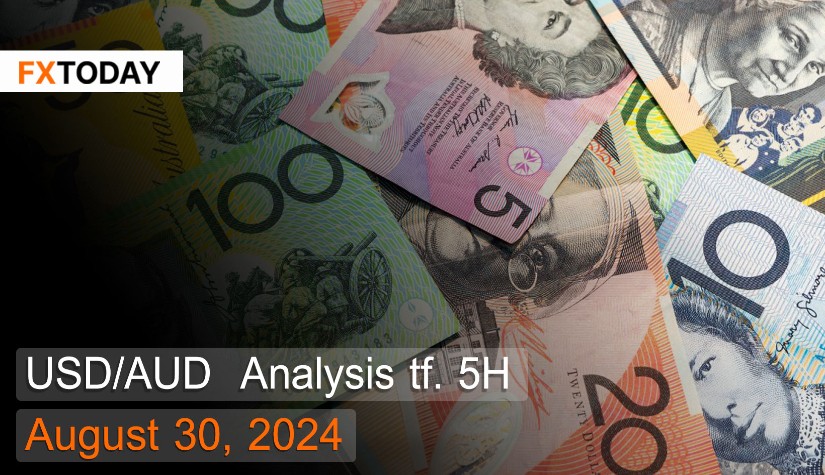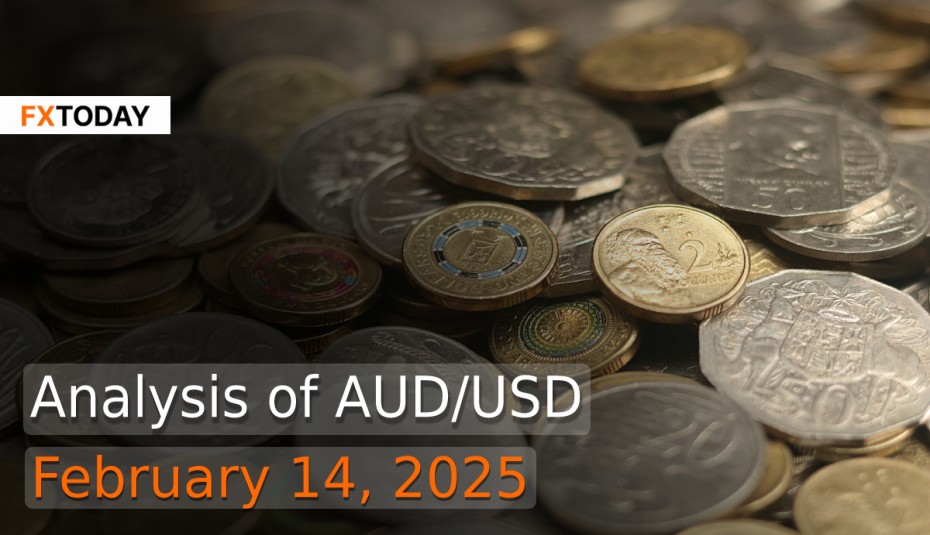Australia's inflation rate is higher than expected.
The Australian dollar has remained steady but is expected to strengthen by nearly 4% this month due to the persistently high domestic inflation rate. This situation supports investors' views that the Reserve Bank of Australia (RBA) will maintain interest rates for an extended period. Additionally, the Australian dollar has benefited from the weakening U.S. dollar, with expectations that the U.S. Federal Reserve will start lowering interest rates in September amid slowing inflation and increasing labor market risks in the U.S.
Australia's retail sales have remained flat year-over-year in July, falling short of market expectations of a 0.3% increase. The majority of the growth was driven by food retail sales, while sales of clothing, footwear, and personal accessories saw their first decline in three months. Moreover, sales in department stores also fell by more than 0.4%, reversing a 0.8% growth in June.
Investment in new businesses in Australia declined by more than expected, down 2.2% in the second quarter compared to the previous quarter. This marks the first contraction in a year, reversing from a 1.9% expansion, due to inflationary pressures causing the prices of various goods to rise. Consequently, companies have reduced spending on equipment and machinery, opting to purchase new goods only when necessary. Additionally, investment in the mining industry continues to shrink, as it is forecasted that production costs could increase by more than 1.5% in the long term.
The Consumer Price Index (CPI) in Australia rose by 3.5% year-over-year in July, down from 3.8% in June but higher than the market's expectation of 3.4%. This reflects a sharp decline in electricity, water, and housing prices. Moreover, transportation costs fell again for the first time in five months, which is expected to slow down logistics costs and prevent significant increases in goods prices. Meanwhile, inflation in the food category reached a three-month high of 3.8%, mainly driven by higher prices for fruits, vegetables, cereals, and other food products due to increased import costs. Additionally, the Core CPI, which excludes volatile items, rose to 3.7% in July, still outside the RBA's target range of 2-3%.
The yield on Australia's 10-year government bonds remained steady at around 4%, despite lower-than-expected retail sales data, raising concerns about a slowdown in economic growth. Furthermore, economic data showed that Australia's inflation rate in July was slightly higher than expected, increasing the likelihood that the central bank will maintain interest rates and reducing the probability of a rate cut in November from 56% to 40%.
Techical analysis data (5H)
Resistance: 1.4763, 1.4784, 1.4815
Source: Investing.com
Buy/Long 1: If the price touches support in the price range of 1.468 - 1.4711 but cannot break the support at 1.4711, you may set a TP at approximately 1.4784 and SL at around 1.4658 or according to your acceptable risk.
Buy/Long 2: If the price breaks the resistance in the price range of 1.4763 - 1.4784, you may set a TP at approximately 1.4815 and SL at around 1.468 or according to your acceptable risk.
Sell/Short 1: If the price touches resistance in the price range of 1.4763 - 1.4784 but cannot break the resistance at 1.468, you may set a TP at approximately 1.4763 and SL at around 1.4815 or according to your acceptable risk.
Sell/Short 2: If the price breaks the support in the price range of 1.468 - 1.4711, you may set a TP at approximately 1.4658 and SL at around 1.4784 or according to your acceptable risk.
Pivot point August 30, 2024 08:49 PM. GMT+7
|
Name
|
S3
|
S2
|
S1
|
Pivot Points
|
R1
|
R2
|
R3
|
| Classic | 1.4658 | 1.468 | 1.4711 | 1.4732 | 1.4763 | 1.4784 | 1.4815 |
| Fibonacci | 1.468 | 1.47 | 1.4712 | 1.4732 | 1.4752 | 1.4764 | 1.4784 |
| Camarilla | 1.4726 | 1.4731 | 1.4736 | 1.4732 | 1.4746 | 1.475 | 1.4755 |
| Woodie's | 1.4662 | 1.4682 | 1.4715 | 1.4734 | 1.4767 | 1.4786 | 1.4819 |
| DeMark's | - | - | 1.4721 | 1.4737 | 1.4773 | - | - |
















